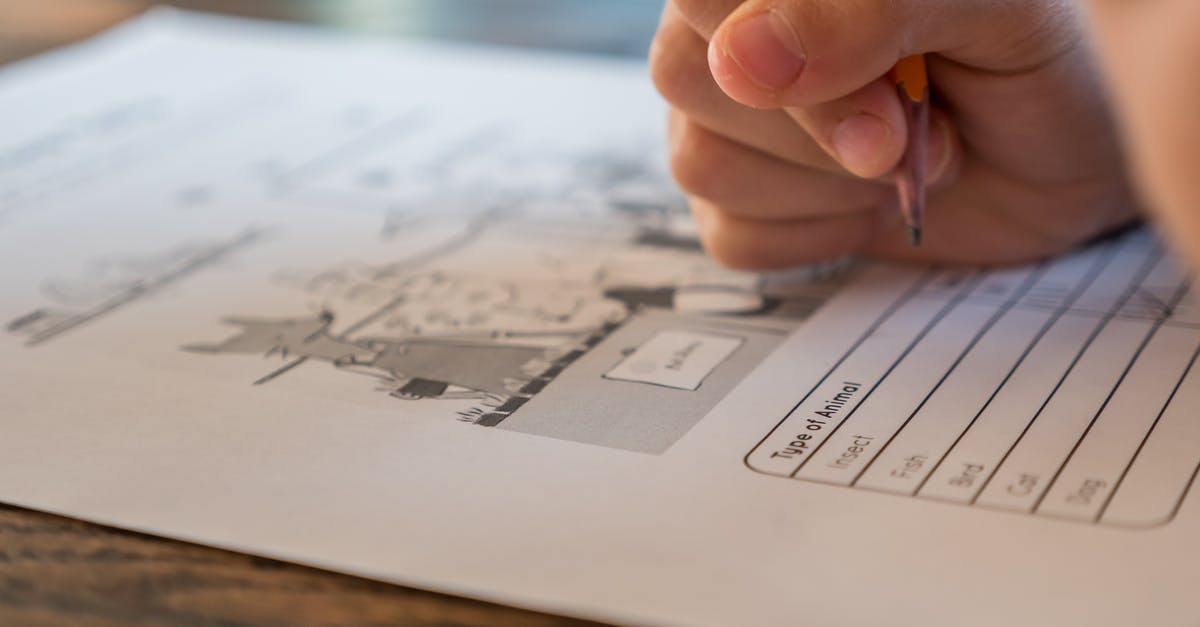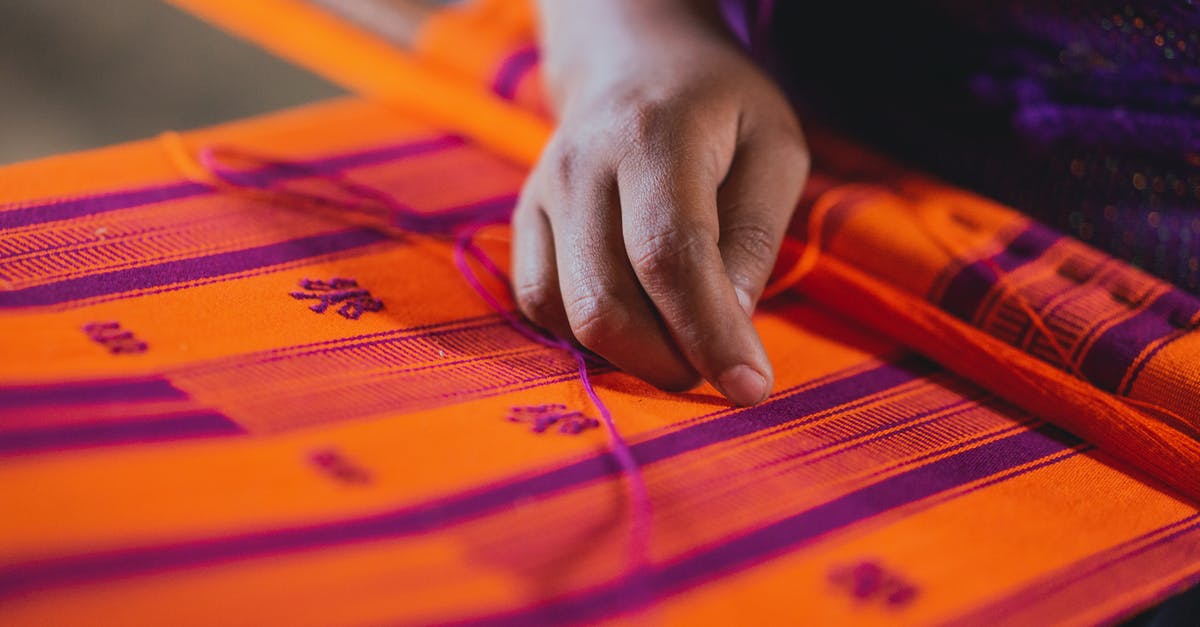Lamian (Hand Pulled Noodles) Technique Question

I have been learning and working on creating Lamian (拉麵) for a year now, and it has been quite an adventure! I had little experience working with dough coming into this, so despite many failed attempts, I've been learning a lot. But I'm not quite there yet. Let me explain my problem and I will then get to my question.
I've looked at many tutorials for hand pulled noodles, many with wildly different recipes. Some say lye water, some say baking soda, some say just plain flour and water, some say oil, some say high gluten flour, some say low gluten flour etc. One person online even claims to have succeeded with lamian using 00 flour (link here)! I have noticed that all these recipes have achieved success for the people making them, so it occurred to me that there really is no "correct" lamian recipe; instead, it's all in the technique.
After many completely failed attempts, I've managed to be able to create dough that will stretch evenly and easily at first. However, after just one or two stretches, the dough will start to resist the stretch, even pulling back. Resting the dough after a stretch helps some, but after a while, even that doesn't really cut it. My main question is: Why does this happen? The followup question is: What can I do to prevent this from happening?
The following are just some references that I used to help develop my technique or generally better understand what's going on in the dough in the lamian making process. NOTE: Unfortunately due to being new here I can't put more than two links, so I'll just describe a few of the sites
Uyghur Method, linked above.
Luke Rymarz's website, which is pretty well known among people who have tried to make lamian
I did look through previous Seasoned Advice questions on hand pulled noodles, none of them seem to directly address the problem I'm having. However, some of the answers have given helpful insight into ways that I can try to improve my technique.
This thread in a cooking forum has also been very helpful to me.
Best Answer
I have not made these noodles, but what you describe is normal. What are you seeing is gluten production happening. And you don't want to prevent it, it's why you put the whole alkali stuff in there in the first place!
Gluten is a very elastic stuff. Dough behaves (and tastes) very differently before it's formed. Pulled noodles need stronger gluten than other doughs like bread, that's why they use lye (typically) or a baking soda substitute (much weaker, but some cooks are uncomfortable around lye). Simple flour + water or even flour+acid doesn't create strong enough gluten for that. Rested gluten does indeed allow for easier pulling, but while you work it, it behaves exactly as you described it: pulling back, and then even seizing.
From my experience with pulling other doughs (e.g. pizza shaping by hand), I'd say that 1) if there is a resting step in your recipe before you start the pulling, take it seriously, and 2) a lot of it is simple experience. You continue doing it until you learn the motor skill properly. The first few dozens of tries will be battles resulting in irregularly shaped dough, there is nothing unusual in that.
Pictures about "Lamian (Hand Pulled Noodles) Technique Question"



How do you make hand-pulled noodles with lamian?
Hand-pulled noodles (also known as la mian \u62c9\u9762) are homemade noodles that are springy, chewy, comforting and so delicious. These traditional noodles are made with dough that is rolled and stretched into long strips, either thin or wide.What are hand-pulled noodles called?
Knife cut noodles (\u5200\u524a\u9762 dao xiao mian) are legendary in China, a specialty of the Shanxi province. They are known as knife-shaved, knife-cut, pared noodles, or even peel noodles. In Chinese, they're\u5200\u524a\u9762 (dao xiao mian.) The method of making them is an art form that takes years of practice.What is hand shaven noodle?
Beef noodle soupLanzhou beef noodle soupTypeNoodle soupRegion or stateEast Asia and Southeast AsiaMain ingredientsBeef, beef broth, vegetables, Chinese noodlesCookbook: Beef noodle soup Media: Beef noodle soupHow to Pull Off Thin Hand-Pulled Lamian Noodles | Serious Eats
More answers regarding lamian (Hand Pulled Noodles) Technique Question
Answer 2
I only tried once in Beijing at a noodle class where I did far better at jiaozi (dumplings) than longevity-noodles.
Pulling is always going to be a knack that comes from practice but is a bit easier with preliminary kneading/stretching. We pulled and folded -always in the same direction- til dough was glossy smooth, perhaps 15min. (Even had a chance to practice the twisting/pulling action we used subsequently). Then came a good rest.
I remember we oiled the dough for the kneading and used flour for the pulling but don't know if that's essential.
The pulling was immediately easier than the initial stretching, though I broke my strands after 4 pulls and my 8yr old beat me with 6.
Answer 3
I managed to get penghui from a friend in China. They can buy it online on Tabao. The recipe that I used was :
200 g high grade flour
100g water lukewarm
1/4 tsp salt
1/2 tsp penghui
3 tbs oil
Mix on speed 4 10 minutes , I have a sunbeam 800W mixer
The dough is very easy to pull now. It's super stretchy! To the point that I can't believe it is happening
The only tricky part now is to pull the actual noodles, and I'm constantly getting better with every attempt.
Sources: Stack Exchange - This article follows the attribution requirements of Stack Exchange and is licensed under CC BY-SA 3.0.
Images: Julia Larson, Anete Lusina, Jessica Lewis Creative, Los Muertos Crew
